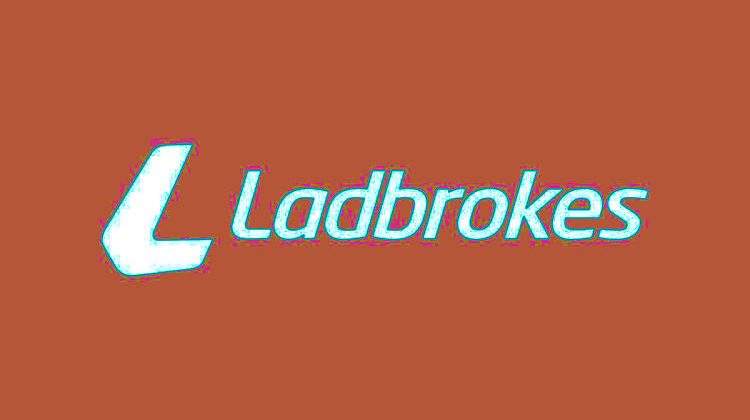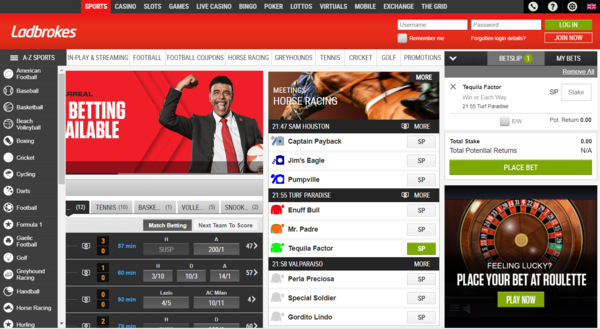
Things you must know about Ladbrokes betting
Ladbrokes Coral may be a British betting and gambling company. It is based in London. It previously owned the Hilton hotel brand outside the US and was referred to as Hilton Group plc from 1999 to 2006. In November 2016, Ladbrokes purchased in the Gala Coral Group and modified its name to Ladbrokes Coral.
The government legalized the betting shops

- The company was listed on the London stock market, and was a member of the FTSE 250 Index, until it had been acquired by GVC Holdings in March 2018. The company was founded by Messrs. Schwind and Pennington in the year 1886, as commission agents for farm animals trained on the site Ladbroke Hall in Warwickshire.
- The name Ladbrokes was approved in the year 1902 when Arthur Bendir stepped into the partnership, and operations were transferred to London. Ladbrokes’ London offices were first within the vicinity of the Strand, moved to Hanover Square in 1906 and, in 1913, to 6 Old Burlington Street, Mayfair. From 1913 to 1956, Ladbrokes’ business was exclusively taken from the British aristocracy as well as the upper classes, many of the people who were members of the most elite gentlemen’s associations from inside the St James’s area of Central London.
- Uncommonly for the coming days, Ladbrokes’ main long-time spokesperson on British racecourses turned out to be a lady, Helen Vernet. Having met the company in 1919, she was made a business partner in the year 1928 and stayed with the firm until soon before her death in 1956, at the tender age of 80.
- Following the top of war II, Ladbrokes’ fortunes were in steady decline, because of an austere postwar economic climate, a dwindling client base, and reluctance to vary the firm’s specialised approach to bookmaking. As a result, in 1956 the corporate was acquired by Mark Stein and his nephew Cyril Stein for a reported £100,000. In 1961, the govt legalised betting shops under the Betting and Gaming Act.
- As a director, Stein used profits from the business’s traditional areas to determine a sequence of betting shops. The company first diversified outside of the betting business by taking a serious stake within the Dragonara Palace in Malta, a casino and hotel, which opened its first phase in 1964.
- In 1967, Ladbrokes was floated on the London stock market. From 1967 to 1973, Ladbrokes’ retail betting business has increased from but 50 shops to 1,135, and thus the business expanded its endeavours to consist of bingo clubs, hotels and in accordance with the Dragonara brand, the casino in the London, holiday centres, and native land investments. In 1975 Ladbrokes transferred to the racecourse for the administration by buying the Lingfield Park.
- It was followed by the purchase in 1976 of Perry Barr Stadium and Totalisators and Greyhound Holdings, which owned half a dozen greyhound flying stadia on the website Brough Park, Crayford & Bexleyheath, Leeds, Gosforth, Willenhall and Monmore. Arthur Aldridge, previously known as of the sprinting Association, joined Ladbrokes as Racing Director.
The company was rocked by scandal in 1979 with the exposure of illegal marketing schemes at its London casinos, including the bribery of a policeman to get information about high rollers at competing casinos. As a result, Ladbrokes was forced to shut its four casinos in London, which accounted for roughly 40% of the company’s profits.






